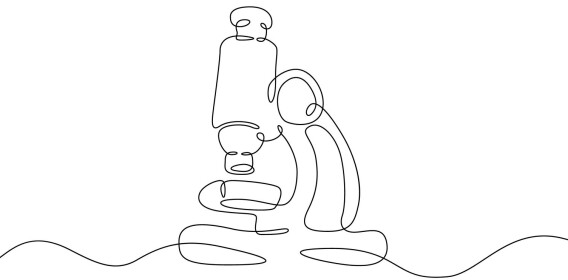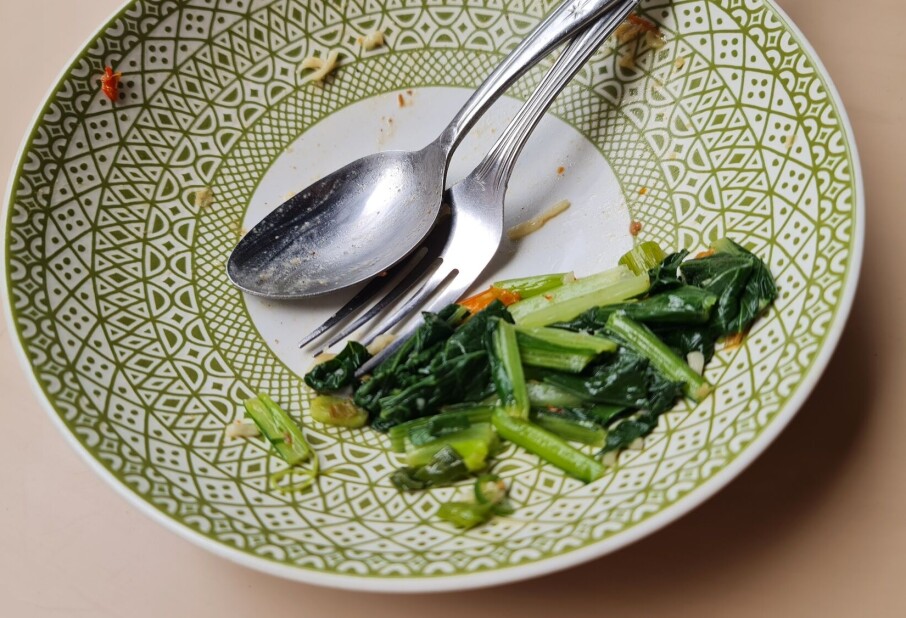Could blood find its way back onto the dinner table?
Back when using blood as food was a common practice, it often tasted of exotic spices, says a researcher.

In today's Western world, blood is somewhat further removed from everyday life than it used to be.
A few decades ago, at a time when nothing would go to waste, blood was a resource that naturally had to be used.
What happened to the use of blood as a common food item?
Few serve offal on the dinner table
“Farm girls were responsible for stirring the blood from the slaughtered animals,” says biologist Katrine Lekang. She recently published a book on blood.
They had to do this to keep the blood from thickening.
Today, very few people have blood dishes at the dinner table. Only seven per cent of Norwegians serve offal for dinner a few times a year, according to the consumer survey from Ipsos mentioned in this sciencenorway.no article.

“We relate to blood differently than we used to. But the church still offers the blood of Christ at communion, and the film world uses a lot of blood. We use it in ways that we find more logical,” says Lekang.
But maybe blood could make a comeback in cookbooks?
Blood, meat, and milk

The use of blood in food is a global tradition. Across cultures, blood has been eaten and drunk for both its symbolic and nutritional value. Human blood has even appeared on the menu. One of the more unusual examples mentioned in Lekang’s book is jam made from human blood.
A pharmacist in the Franciscan order wrote down the recipe in the 1600s.
On a more everyday level, animal blood has been important in many cultures.
Animal blood was especially important in nomadic cultures, Lekang writes in her book.
The Mongols, for example, who conquered vast territories during the time of Genghis Khan. They drank blood from reindeer and horses boiled together with milk. Rumours spread that their protein-rich diet gave them major advantages in warfare.

Blood from live animals
The Maasai people, who live in Kenya and Tanzania, still consider blood an important source of nutrition. They drink blood from live animals, effectively practicing a form of bloodletting.
Their diet also includes a lot of meat and milk. It's a diet rich in fat and cholesterol, Lekang points out. Yet, the Maasai have no known incidence of the diseases we typically associate with such foods.
The Maasai’s food practices are in stark contrast to major Western cultures, where blood products are rarely seen on store shelves. But has the tide begun to turn?

Blood sausage sandwich for lunch?
“There's been more talk about utilising resources and the whole animal,” says Lekang.
As an adviser at Norway’s Information Office for Eggs and Meat, Lekang feels obliged to add that many Norwegian women lack iron and that blood is an excellent source of it.
“Maybe blood could have a resurgence through blood sausage sandwiches and blood pancakes?”
NIBIO researcher Eva Narten Høberg does not doubt it.
A welcome addition to the table
Høberg explains that the 17th century Lutheran priest Petter Dass describes how people tapped the blood from animals and used it in sausages in his song-poem Den norske dalevise (The Norwegian valley song).

The song from 1683 depicts the life of farmers in Northern Norway at the time.
Aside from the blood used for cured meat, blood was considered perishable. Farmers would eat blood-based dishes during the autumn slaughter season.
People from all walks of life would eat blood products.
“Blood-based dishes are really nutritious and tasty, so they were a welcome addition to the table,” says Høberg.
From the 1800s onward, cookbooks began to appear one after the other, she explains.
Blood pudding and bread
Maren Bang, Hanna Winsnes, and Marie Blom were among the first Norwegian women to write cookbooks. You can read about Maren Bang in this article on sciencenorway.no.
The idea of using the whole animal after slaughter was a core value for all of them. It was about frugality, says Høberg.
Blood was typically mixed with barley flour and animal fat. On its own, blood is very lean and rich in protein.

The typical products that are still familiar to many Norwegians today were blood pancakes, blood pudding, and blood dumplings.
Most viewed
The Sámi population also used blood from reindeer, which they mixed into bread. Blood bread has been part of their food culture, as well as that of the rest of the population. It is far more protein-rich than other types of bread.
Exotic spices
Høberg says that blood-based food is flavourful.
“It was typical to use a number of exotic spices, like ginger, allspice, cloves, and pepper,” she says.
These spices have been available for a very long time – especially along the coast, where access to imported goods was greatest.
“Spices probably became popular in Norway at the beginning of the Middle Ages, from the middle of the 12th century,” researcher Marianne Vedeler said in 2023.
Raisins were also considered a good match with blood in cured sausages.
“Hence the Norwegian expression ‘the raisin in the sausage',” says Høberg.
This refers to the fact that there weren’t always that many raisins in a sausage, and you were lucky if you found one.
At some point, we began distancing ourselves from blood – especially in food. What happened?

An abundance of blood
“Eventually, we stopped home slaughtering and on-farm butchering, and slaughterhouses took over. Then came the rise of industrialised livestock farming. The process required a lot of work to make it fast, efficient, and profitable. That's when we started cutting corners,” says Høberg.
There ended up being more blood and offal than Norwegians could use. Suddenly, these became viewed as by-products.
“But there's still some use of blood,” says Høberg.
Several types of cured sausage contain blood. They are black in colour and often have a spice blend reminiscent of Christmas baking.

Blood instead of cottage cheese?
Høberg sees a trend of growing interest in using blood and other organ meats.
“We’ve become more interested in using the whole animal,” she says.
She believes sustainability is an important factor – the desire to use resources wisely and reduce food waste. There may also be an ethical dimension to it.
“There's also a nutritional angle. There's a growing focus on proteins among individuals who exercise and want to build muscle. That group is only getting larger,” says Høberg.
Maybe with the right marketing, blood could even take the place of cottage cheese in the diets of fitness enthusiasts?
Reference:
Lekang, K. 'Tykkere en vann: En historie om blodet i kroppen din' (Thicker than water: A story about the blood in your body), Humanist publishers, 2024.
———
Translated by Ingrid P. Nuse
Read the Norwegian version of this article on forskning.no
Related content:

Subscribe to our newsletter
The latest news from Science Norway, sent twice a week and completely free.






































